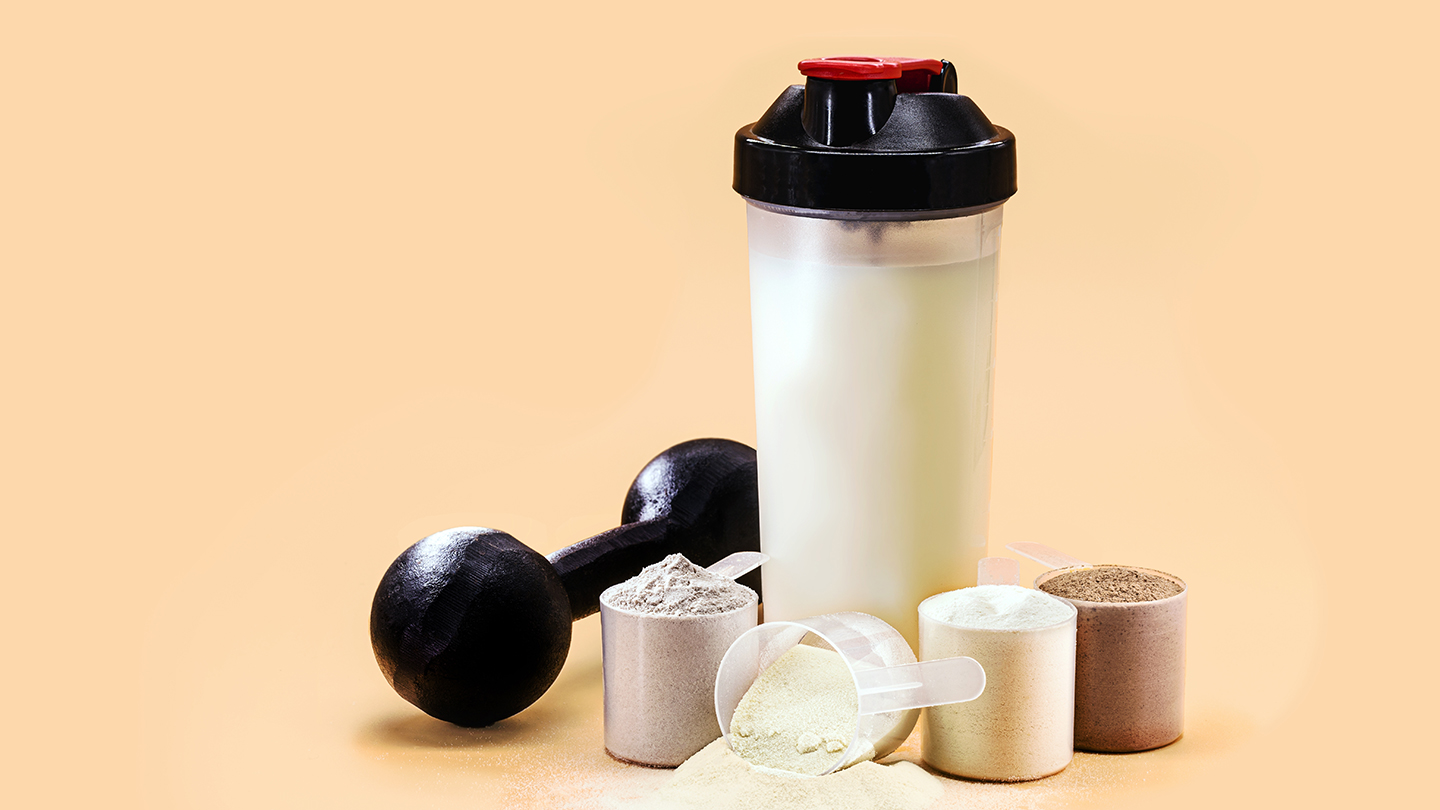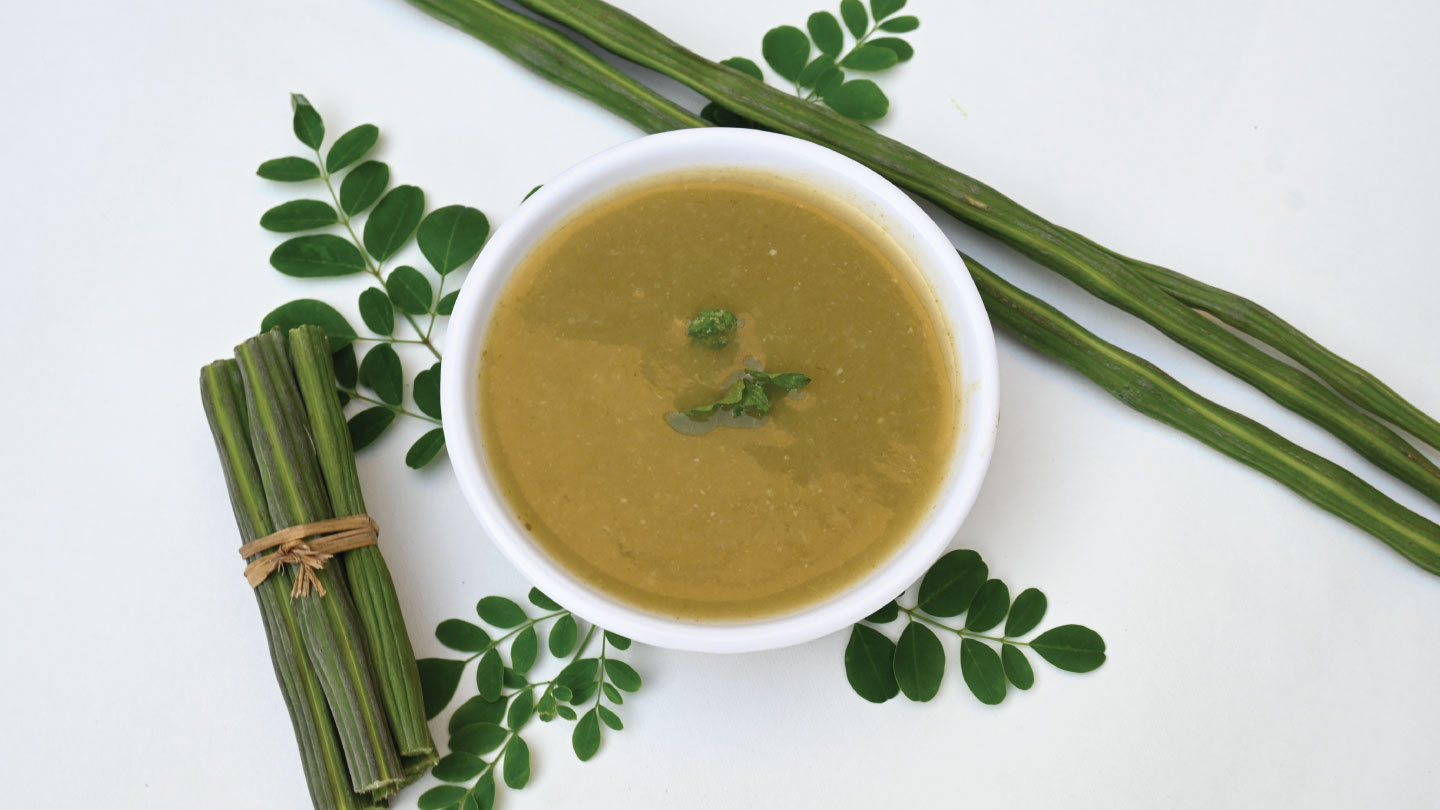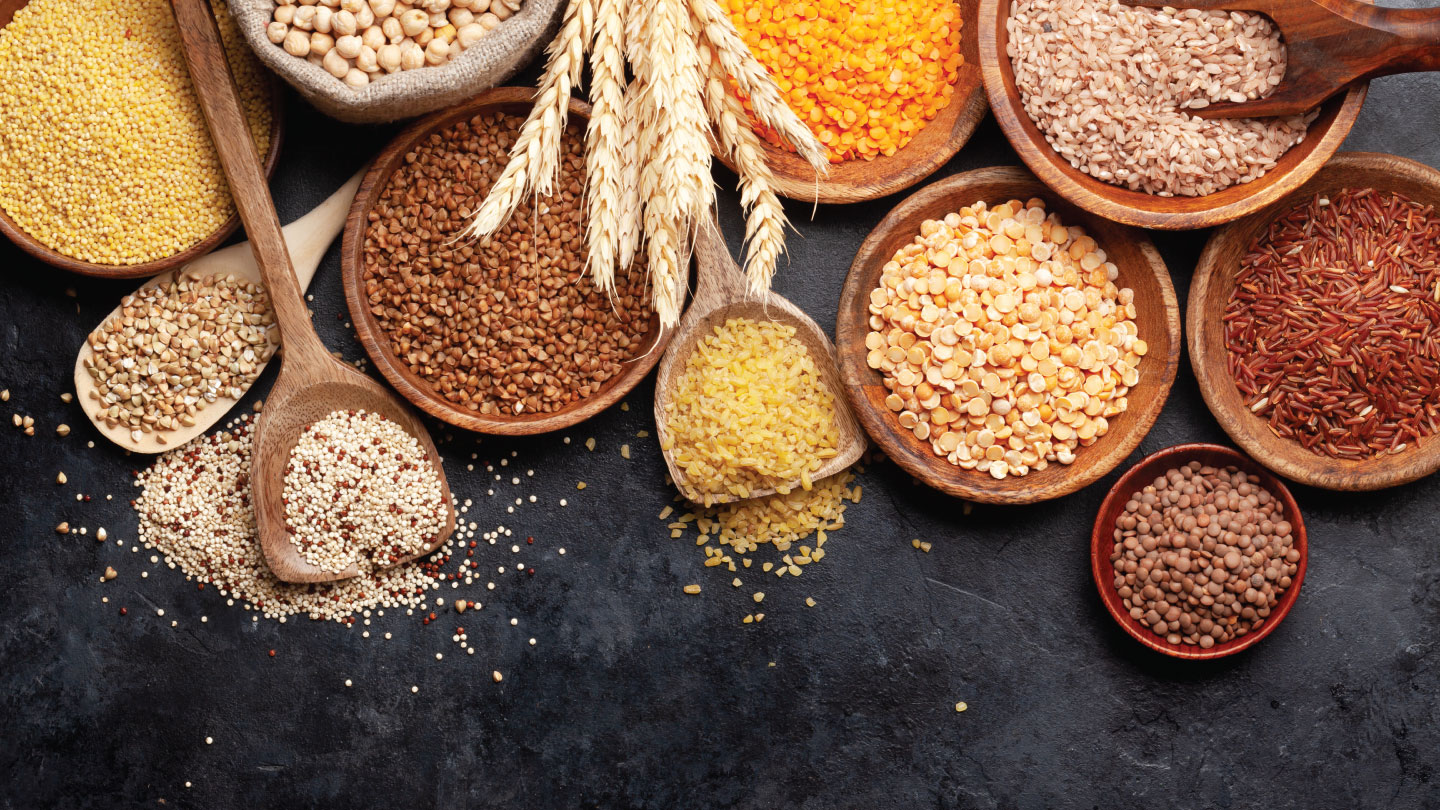Nutrition
Maltodextrin: Safe for Energy or Sugar in Disguise?
You’ve seen it on every nutrition label. Now it’s time to decode maltodextrin.

As India’s healthy snacks and sports-nutrition shelves expand, so does consumer exposure to functional ingredients, maltodextrin being chief among them. Cheap, shelf-stable, and fast-acting, it’s used by formulators to improve texture and deliver quick carbs. However, with questions surrounding blood sugar and gut health, it’s worth understanding what maltodextrin does and whether there are better alternatives.
How Many Indians Are Affected?
India’s healthy snacks market was worth approximately USD 3.9 to 4.1 billion in 2024 and is projected to grow significantly, driven by rising demand for convenient health foods. Meanwhile, a 2024 report by The International Food Policy Research Institute, US, found that about 38 per cent of Indians consume fried or packaged processed snacks, a practical proxy for likely exposure to additives such as maltodextrin. That means a substantial and growing slice of urban (and increasingly rural) consumers encounter this ingredient on supermarket shelves and ultimately in their diets.
Understanding Maltodextrin
Maltodextrin is a white, water-soluble carbohydrate that is produced by partially hydrolyzing starch from sources such as maize, rice, potato, wheat, or tapioca into short chains of glucose. It has a mild sweetness, dissolves easily, and is valued for its ability to thicken, serve as a bulking agent, and provide rapid-release carbohydrates in sports nutrition formulas. Additionally, maltodextrin is used as an excipient in pharmaceuticals.
Related Story: 5 Ways Sugars Are Hiding In Plain Sight In Your Food
What it Does to Health
Blood sugar: Maltodextrin has a high glycemic index and can cause rapid spikes in blood glucose after meals. This should be well noted by those monitoring their blood sugar or metabolic health.
Gut & inflammation: Experimental studies show maltodextrin can deplete the protective intestinal mucus layer, induce endoplasmic-reticulum stress in gut cells, and exacerbate inflammation in colitis (large intestine) models, as reported in the 2019 Cellular and Molecular Gastroenterology and Hepatology Journal.
Related Story: The Dangers of Ultra-Processed Foods
Smarter Swaps for Formulators and Consumers
If your goal is to retain function without relying heavily on maltodextrin, several effective alternatives can deliver texture, stability, and energy, while appealing to the increasingly label-conscious consumer.
For texture & bulk:
Ingredients like tapioca starch, arrowroot, guar gum, and pectin provide natural thickening and stabilising effects, helping maintain mouthfeel and consistency in snacks, drinks, and desserts. These plant-derived thickeners are not only perceived as cleaner, but also support better digestion and lower glycaemic impact compared to maltodextrin.
For sports carbohydrates:
When quick energy delivery is needed, for example, in intra-workout or recovery drinks, formulators can opt for dextrose (pure glucose) or multi-carbohydrate blends that combine short- and long-chain carbs. This approach helps sustain energy more evenly and reduces the blood-sugar spike often linked with maltodextrin. Isomaltulose (palatinose) is another alternative gaining popularity; derived from beet sugar, it releases energy more gradually and has a lower glycaemic index, improving endurance and reducing the crash effect that athletes sometimes report.
For lower-GI positioning:
To meet the demand for clean-label, low-GI snacks and beverages, many brands are now exploring resistant dextrins and fibre-rich carbohydrate matrices. Resistant dextrins are partially indigestible starch derivatives that act like soluble fibre, meaning they offer mild sweetness and bulk but cause a slower, steadier release of glucose. They can also support gut microbiota and improve digestive comfort when used in moderation.
According to a 2024 TechSci Research report, products formulated with resistant dextrins and dietary fibres have seen increasing adoption in India’s functional food market, driven by consumers’ focus on gut health, blood-sugar balance, and satiety.
Related Story: Sugar Substitute: Healthy Sweetener Alternatives For People With Diabetes
Given India’s large and growing snack and fitness foods market and substantial processed-snack consumption, brands should minimise unnecessary maltodextrin, consider cleaner alternatives, and be transparent on labels. Consumers wanting steadier energy or better gut resilience should favour whole-food carbs and lower-GI formulations. If fitness nutrition is your worry of the moment, look no further. Get a personalised diet consult and start seeing real change.
EXPLORE MORE
With winter around the corner, here is a perfect soup recipe that will boost your immunity and keep you warm.
Strike that hormonal balance through food. Here’s a list of simple, nutrient-rich Indian foods that can boost progesterone levels naturally.
What if those bright orange peels you casually flick into the bin could transform your food, garden, and even your skin?
Learn how to cook millets the right way and make your millet dishes more digestible, flavourful, and nutrient-dense.










.jpg)

